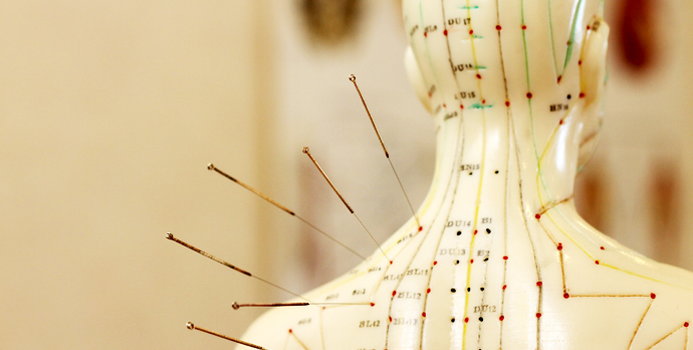Often alternative treatments, such as massage therapy, meditation, and others are overlooked and underutilized for not having science to back them up. But acupuncture, at least, does have scientific evidence to prove its usefulness according to Greatist.
The premise of acupuncture is to create and achieve balance in the body between yin (nourishing, receptive, and protective) and yang (hard, dominant, and energetic). Running between the two forces is an energy source known as qi. The acupuncturist inserts needles into the qi to achieve balance.
Although some people remain squeamish about the needles, acupuncture has grown in popularity since the turn of the millennium. The number of people that have tried acupuncture has increased, as has the number of acupuncture practitioners. And while the locations of the needles seem random, scientists have found that the precise locations can create reactions elsewhere in the body.
At its core, acupuncture differs from Western medicine in that it treats the body as a system, whereas Western practices tend to focus on specific issues. And although the methods are different, the results can often be the same.
In one example, a review published in Fertility and Sterility in 2012 found that acupuncture improved fertility success when used at key points during IVF cycles.
In another incidence, a study concluded that acupuncture worked as a pain reliever for postop and chemotherapy-induced nausea. Acupuncture wasn’t to treat the cancer, but to alleviate side effects.
And although patients used to seek acupuncture to treat specific issues, more and more people are using acupuncture as part of an overall care practice, which includes enhancing Western medicine.
Although there are some risks with acupuncture, the bigger issue is usually with practitioners overstepping their bounds and promising results they can’t deliver. For this reason, it’s important to carefully vet the person you’re trusting to stick you with needles.
[Image via Shutterstock]



